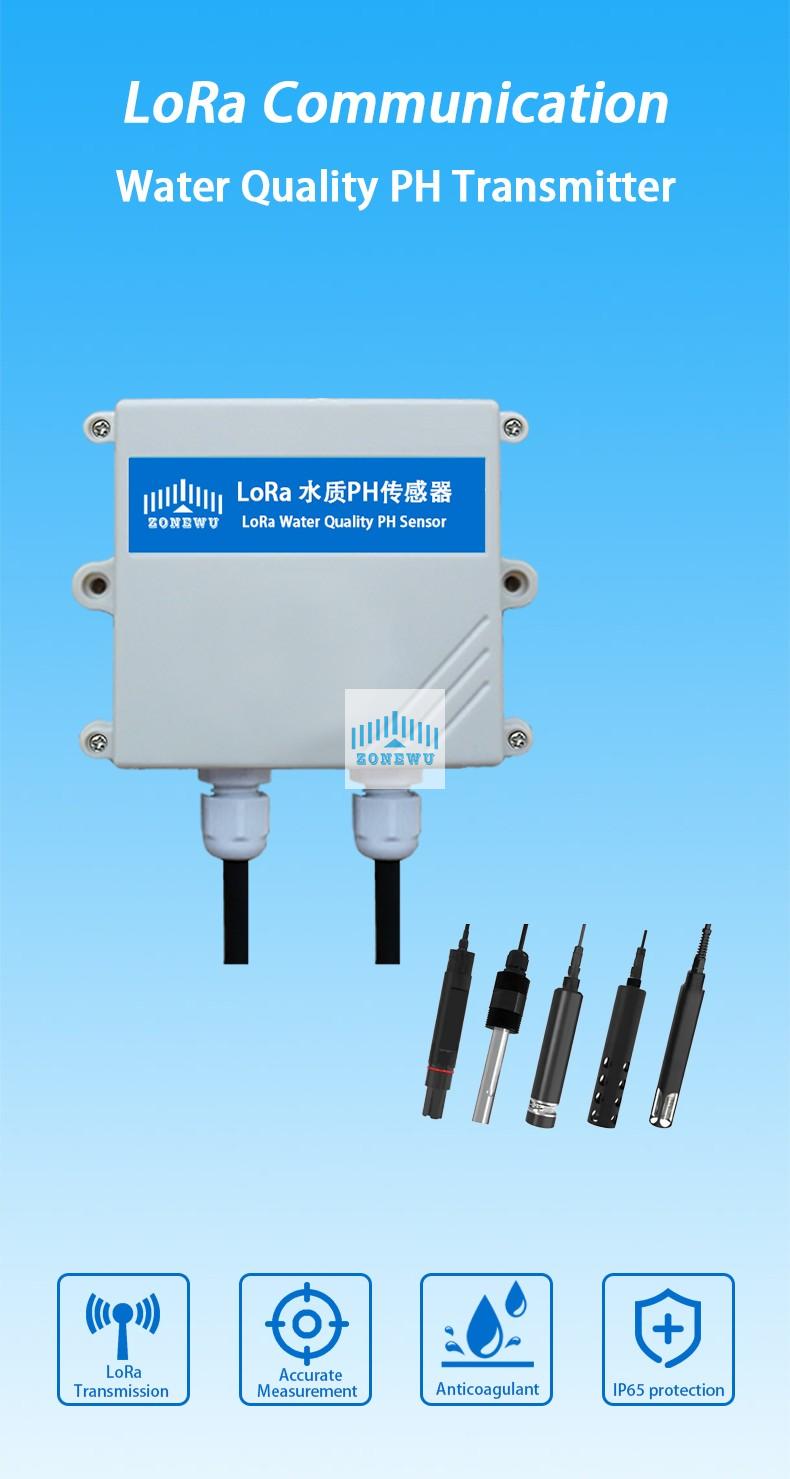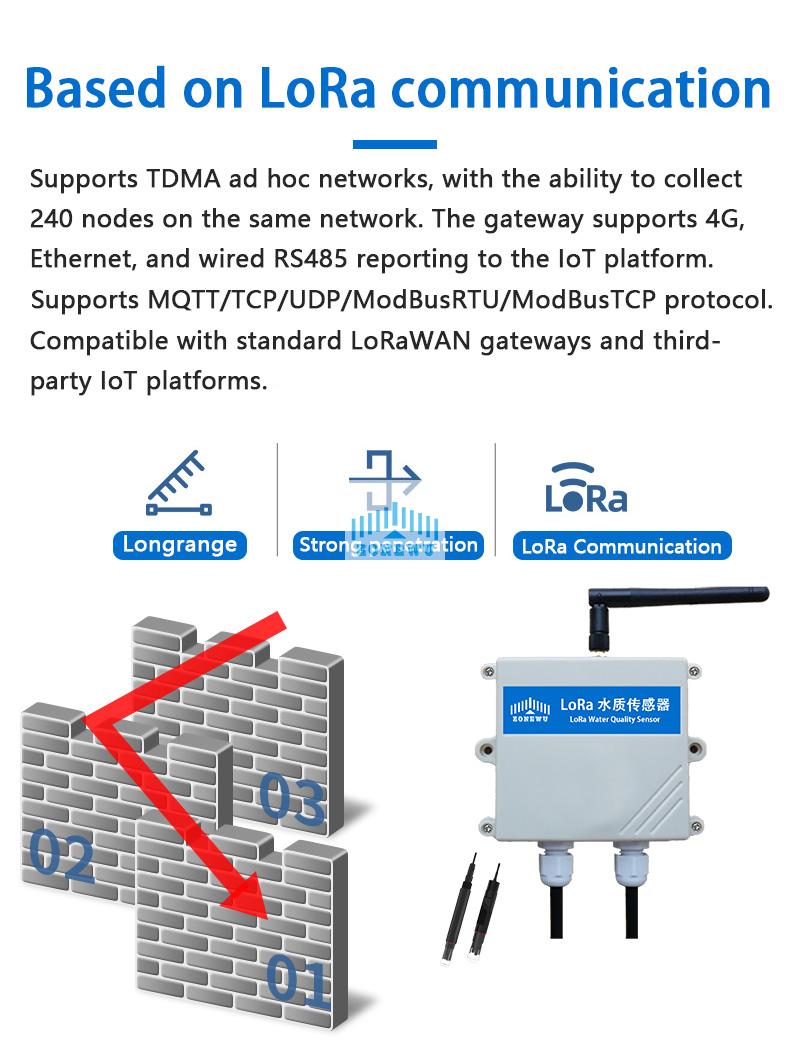With the rapid development of the Internet of Things (IoT) today, the low-power wide area network (LPWAN) technology has become an important part of the wireless communication field. LoRa (Long Range Radio) and LoRaWAN (LoRa Wide Area Network) are the best in the field, and many new people in the Internet of Things field often struggle to distinguish between the differences. The technology will explain the difference between LoRa and LoRaWAN in a simple way to help readers better understand these two technologies.
LoRa: A wireless standard for low power consumption and long distances
LoRa, full name Long Range Radio, is a low-power LAN wireless standard developed by Semtech. Its core feature is that it can achieve a farther transmission distance than the traditional wireless mode under the same power consumption conditions, realizing the perfect combination of low power consumption and long distance. LoRa technology uses spread frequency modulation (CSS, Chirp Spread Spectrum) technology to generate "chirp" signal through linear frequency modulation (LFM), and the carrier frequency of each packet varies linearly with time. This modulation not only enhances the signal penetration and resistance to multiple path fading, but also enables LoRa to maintain stable communication connections in a complex environment.
LoRa technology focuses on the implementation of the physical layer (PHY), providing the capability of P2P (point-to-point) communication between nodes. It uses the license-free wireless spectrum for communication, and has the characteristics of low power consumption, long distance, strong anti-interference ability and wide range of application. These advantages make LoRa technology widely used in smart cities, agricultural monitoring, industrial automation and other fields.
LoRaWAN: Open protocol and system architecture based on LoRa
LoRaWAN Is a set of communication protocols and system architecture designed for the LoRa long-distance communication network. It is not just a physical layer technology, but a complete network solution, providing comprehensive communication support from the terminal to the cloud of the Internet of Things. LoRaWAN Is a media access control (MAC) layer protocol, whose system architecture includes four network entities: terminal, gateway, network server (NS) and application server (AS).
LoRaWAN The network is usually arranged in a star topology, with a gateway connected to the network server through a standard IP, while the terminal devices communicate to a gateway using a single-hop LoRa or FSK (Frequency Shift Keying). LoRaWAN Supports two-way communication, end-to-end security, mobility, and localization services, meeting the key needs of the Internet of Things applications. In addition, LoRaWAN also provides a variety of data transmission modes, such as unicast, multicast and broadcast, to accommodate different application scenarios.
Main difference between LoRa and LoRaWAN
Definition and scope: LoRa is a wireless standard with low power consumption and long distance, focusing on physical layer implementation; LoRaWAN is an open protocol and system architecture based on LoRa technology, providing a complete Internet of Things communication solution from terminal to cloud.
Communication: LoRa is a proprietary, low-power and remote wireless technology using license-free wireless spectrum; LoRaWAN is a cloud-based protocol that sends information to any base station connected to the cloud platform.
Network architecture: LoRa only includes link layer protocol and is suitable for P2P communication between nodes; LoRaWAN is a star or star-to-star topology that combines node authentication and data encryption to ensure security, and adds network components to support large-scale networking.
Application scenarios: Although both are widely used in the Internet of Things, LoRa is more suitable for strict requirements on power consumption and distance, such as agricultural monitoring, smart city, while LoRaWAN is suitable for a wider range of Internet of Things applications, such as smart home and environmental monitoring, due to its complete system architecture and rich functions.
LoRa and LoRaWAN, as representatives of low-power WAN technology, each have unique advantages and scope of application. Understanding the differences between them can help us to better select and apply these technologies to meet the needs of different IoT scenarios.


Contact: Qui
Phone: 18146178586
Tel: 18146178586
Email: qui@zonewu.com
Add: 1501-3, Building F03, Phase III, Software Park, Jimei District, Xiamen City, Fujian Province, China
